In the world of sleep products, finding the perfect mattress can feel like navigating a labyrinth of choices. With countless brands vying for attention, consumers often prioritize factors like comfort, durability, and price. However, two crucial elements that can significantly impact the quality of sleep—noise levels and edge support—are frequently overlooked. As we dive into the intricate dynamics of these features across top brands, we’ll uncover how the subtle interplay of sound insulation and structural integrity can transform your sleep experience. Join us on this exploration as we dissect the varying performance of leading mattress makers, helping you make an informed decision that aligns not just with your preferences, but with the peaceful night’s rest we all deserve.
Examining Noise Levels: A Comparative Analysis of Leading Mattress Brands
Noise levels can significantly affect the quality of sleep, yet this often-overlooked aspect of mattresses varies widely among brands. In our analysis, we found that several leading mattress manufacturers demonstrate distinct characteristics in this regard. Among these, memory foam mattresses tend to absorb sound exceptionally well, resulting in quieter experiences. On the other hand, innerspring mattresses may produce creaking and squeaking sounds as the coils shift. Here’s a brief overview of how various brands perform:
| Brand | Type | Noise Level |
|---|---|---|
| Brand A | Memory Foam | Very Low |
| Brand B | Latex | Low |
| Brand C | Innerspring | Moderate |
| Brand D | Hybrid | Moderate |
Beyond noise levels, edge support is another crucial factor impacting sleepers, especially those who share a bed or sit on the edge frequently. Excellent edge support enhances stability and prevents feelings of sinking when lying close to the sides. Brands that excel in this area typically feature reinforced perimeters or specialized edge support technologies. Comparatively, latex and hybrid mattresses often provide superior edge support due to their robust construction. In contrast, many memory foam models may struggle with edge stability, resulting in a fold-in effect when pressure is applied. Consider the following edge support performance from top brands:
| Brand | Type | Edge Support |
|---|---|---|
| Brand A | Memory Foam | Fair |
| Brand B | Latex | Excellent |
| Brand C | Innerspring | Good |
| Brand D | Hybrid | Very Good |
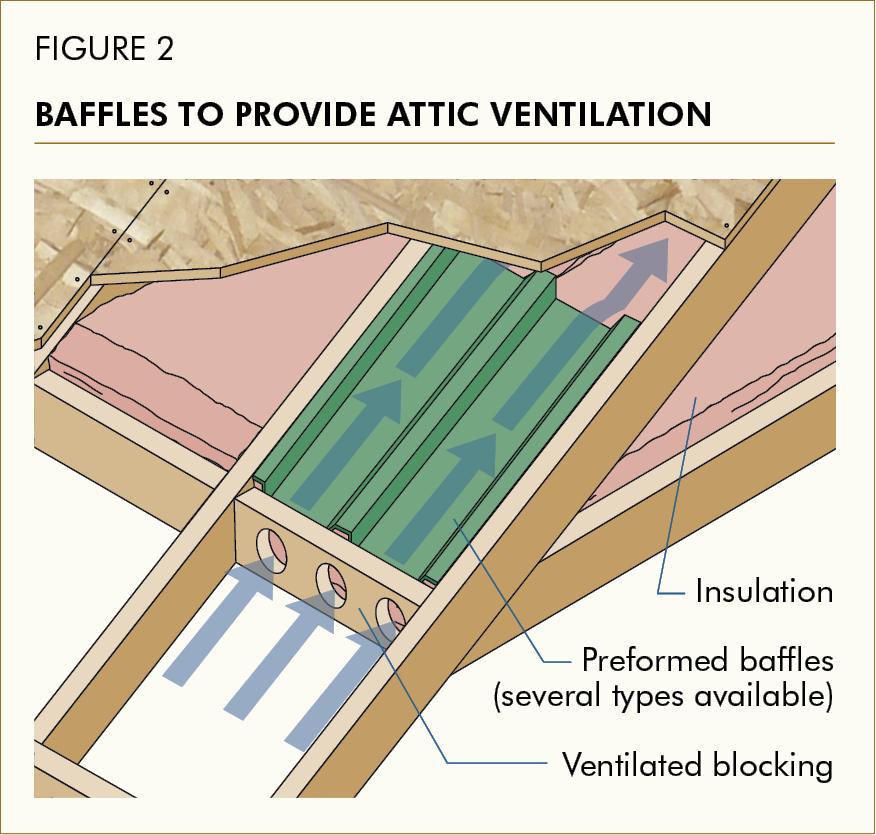
Edge Support Ratings: Which Brands Offer the Best Stability?
When it comes to edge support, certain brands excel in providing the stability necessary for a restful night’s sleep, particularly for those who sit or sleep near the perimeter of their mattresses. Top contenders known for their superior edge support include:
- Tempur-Pedic: Their unique memory foam material is designed to cushion and support, ensuring minimal sagging.
- Sealy: With their patented Posturepedic technology, Sealy mattresses are engineered to offer enhanced edge strength and support, allowing users to maximize their sleeping surface.
- Stearns & Foster: Featuring a robust coil system and high-density foams, this brand provides exceptional edge reinforcement, making it ideal for couples.
In the realm of edge support, it’s essential to evaluate how each brand’s construction techniques contribute to overall stability. A comparative review of a few popular options illustrates this well:
| Brand | Edge Support Rating | Key Features |
|---|---|---|
| Tempur-Pedic | 9/10 | Adaptive foam structure, strong perimeter support |
| Sealy | 8.5/10 | Posturepedic technology, reinforced edges |
| Stearns & Foster | 9/10 | Durable coil system, luxurious foam |
| Purple | 7/10 | Hyper-elastic polymer grid, soft edges |
This data indicates that when selecting a mattress, consumers should consider how well edges are structured to maintain support, as this can significantly influence their overall comfort during sleep. The investment in a quality brand with high edge support ratings can enhance not only your sleeping experience but also the long-term durability of the mattress itself.
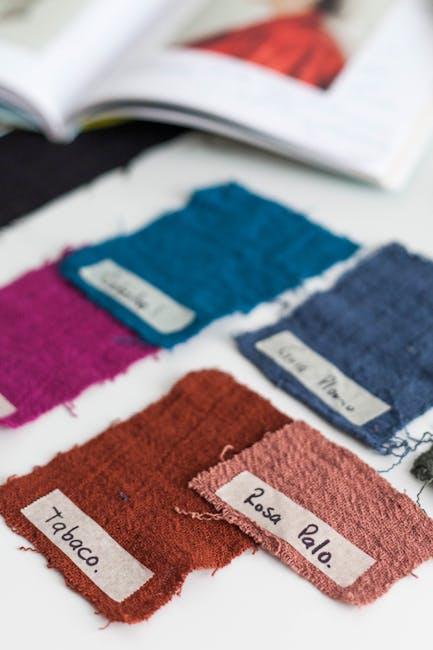
Understanding the Impact of Material Choices on Noise and Edge Stability
Material selection plays a pivotal role in determining both noise levels and edge stability across various products. Choices such as latex, memory foam, and innerspring can produce significant differences in user experience. For instance, memory foam tends to absorb sound, resulting in a quieter atmosphere, while innerspring mattresses may create more noise due to their metal coils. The type of foam used and its density also affect edge support, where higher-density foam often provides better stability and less sagging.
When comparing top brands, it’s essential to consider how these material choices translate into performance metrics. Here’s a glimpse of how different materials fare in noise reduction and edge stability:
| Material Type | Noise Level | Edge Stability |
|---|---|---|
| Latex | Low | High |
| Memory Foam | Very Low | Medium |
| Innerspring | High | Low |
Moreover, manufacturers often leverage hybrid models to optimize sound and support, combining layers like those of latex and memory foam to enhance comfort without sacrificing edge integrity. Paying close attention to these contrasts not only helps in selecting the right product but also encourages a deeper understanding of how each material contributes to the overall sleep experience.
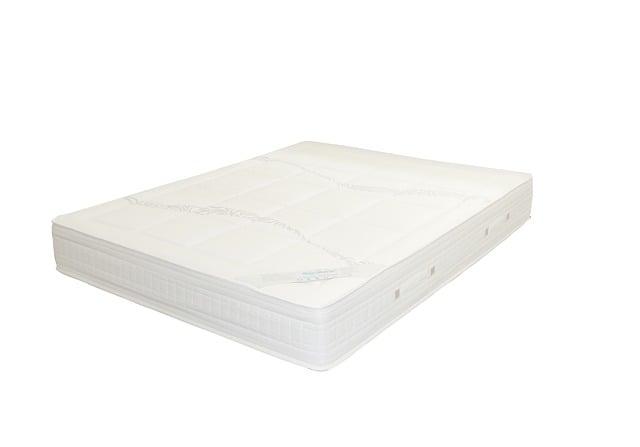
Recommendations for Selecting the Right Mattress Based on Personal Preferences
When choosing a mattress, it’s essential to consider your unique preferences related to noise levels and edge support. Different brands exhibit varying characteristics that can greatly influence your sleep experience, so pay close attention to the features that matter most to you. Here are some factors to assess:
- Noise Levels: Opt for materials that minimize noise, such as memory foam or latex, especially if you’re a light sleeper. On the other hand, innerspring mattresses may produce more sound during movement.
- Edge Support: Good edge support not only maximizes your sleeping surface but also enhances safety when sitting on the edge. Look for designs with reinforced edges, particularly in hybrid or high-density foam options.
Additionally, preferences can shift based on sleep position and body type. For back sleepers, a mattress with medium support that offers a good balance between comfort and firmness can help maintain spinal alignment. Side sleepers may prioritize softer mattresses that cushion the shoulders and hips, while stomach sleepers often benefit from firmer surfaces to prevent sagging. Below is a comparison of notable brands regarding noise levels and edge support:
| Brand | Noise Level | Edge Support |
|---|---|---|
| Brand A | Low | High |
| Brand B | Medium | Medium |
| Brand C | Low | Low |
| Brand D | High | High |
The Conclusion
As we draw the curtain on our exploration of noise levels and edge support across top mattress brands, it becomes evident that the choices available are as varied as the preferences of those seeking a good night’s sleep. Whether you prioritize a whisper-quiet environment or the steadfast support of reinforced edges, understanding how these elements differ among manufacturers can empower you in your decision-making journey.
In the symphony of sleep, each brand plays an essential note, contributing to the overall harmony of comfort. As you venture into the mattress market, consider how noise and support resonate with your unique sleep style. Armed with knowledge and insight, may you find the ideal bed where dreams flourish and restful nights abound. Sleep well and let tranquility reign.

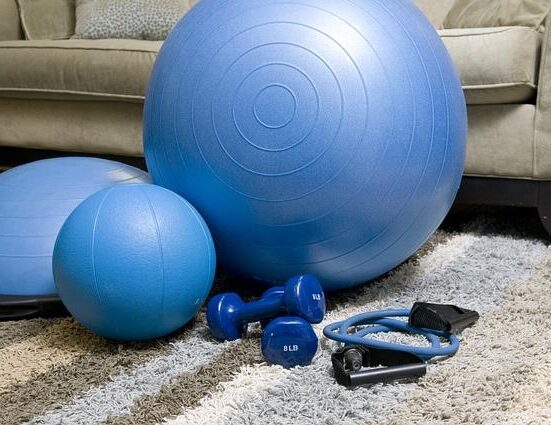




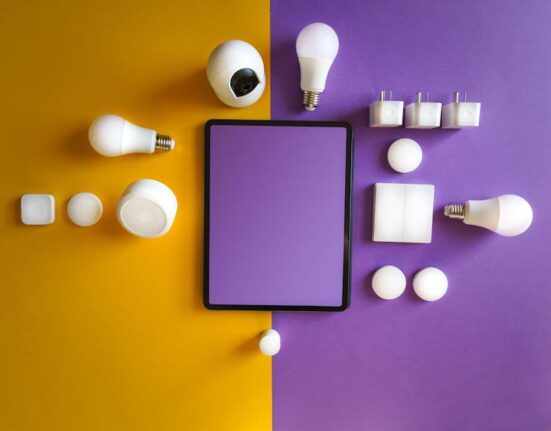
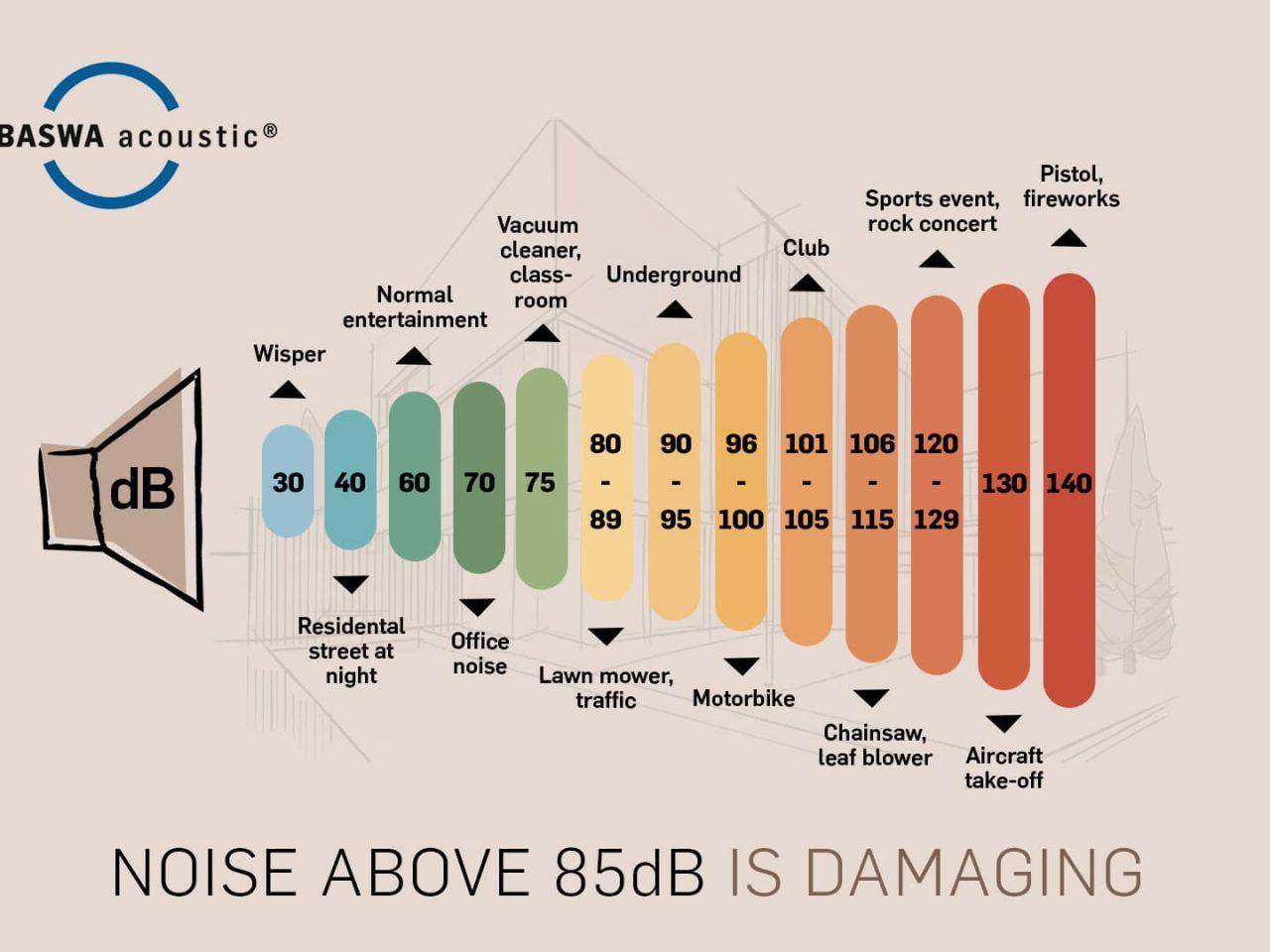



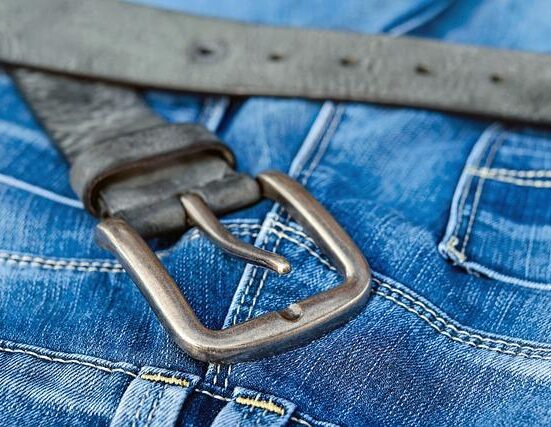


Leave feedback about this